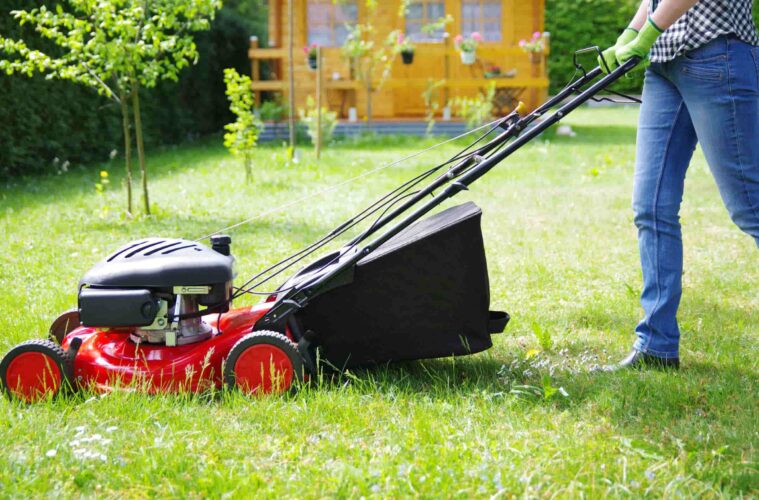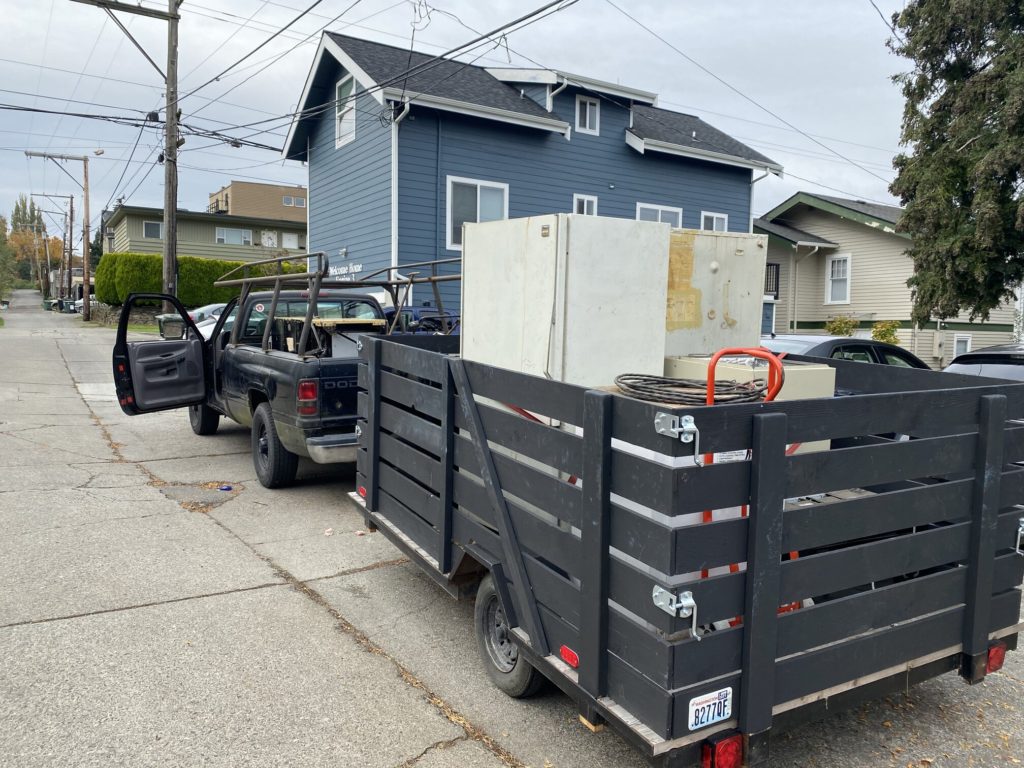Whether you are planning to sell your home or not, your lawn has a significant impact on your friends and neighbors. Whether it’s a birthday party, barbecue, or any other event, having a yard in your home is always a good idea. It offers your family and friends an attractive and aesthetic environment in which to gather and have fun. However, maintaining the lawn can be a big challenge if you don’t use effective lawn mowing techniques. Fortunately, the guide below provides detailed information on the effective mowing lawn techniques that will help keep your lawn healthy and vibrant.
Mow early and often
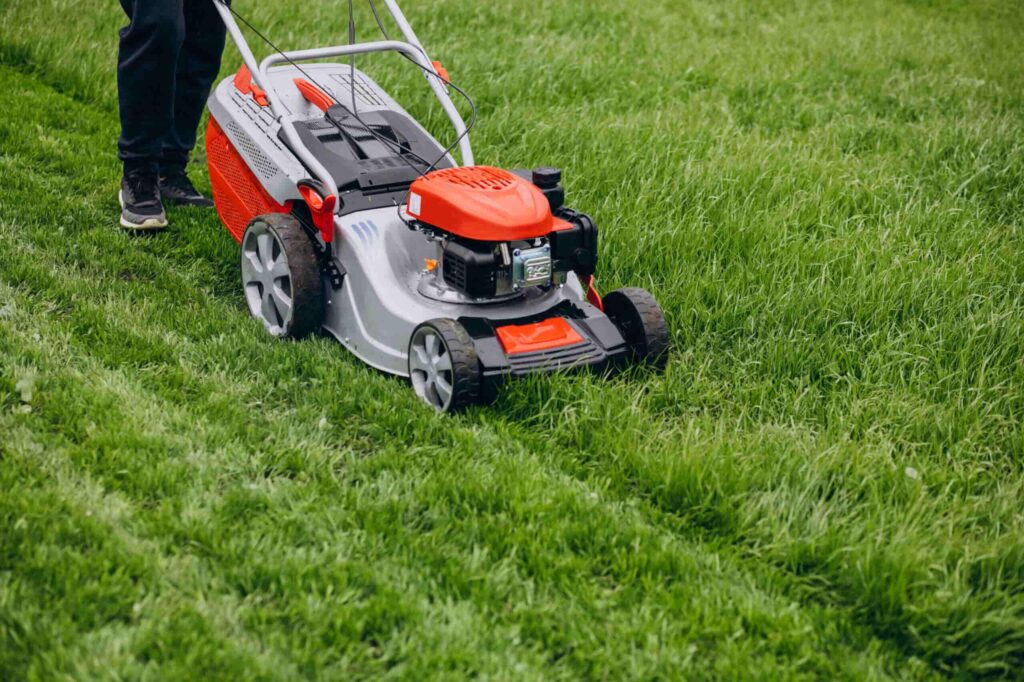
source: myallgreen.com
The best time to mow your lawn is early in the morning when the dew has dried. If you are using a schedule, owners of fast-growing lawns should consider trimming around once a week or every two weeks if it’s not growing actively. In hot, humid climates, it may be necessary to mow the lawn more than once a week.
However, it is better to consider the height of the grass blades rather than setting a schedule. Frequent mowing lawn is better for the health of the lawn, but like other perennials, grass remains healthy if you don’t remove more than a third of the leaves. Therefore, it is usually advisable to cut grass blades up to a third of their length.
Clear the yard before mowing
To be on the safe side, remove all removable obstacles and mark those you can’t before starting to cut. Use a rake to gather branches, loose rocks, small toys, dog bones, cans, bottles, or similar items. The lawnmower can move such objects at high speed, sometimes reaching a speed of up to 300 km/h, which is risky to the nearby people or delicate things. If there are objects that cannot remove, such as water pipes, mark their location, so you don’t accidentally bump into them.
Get the right height
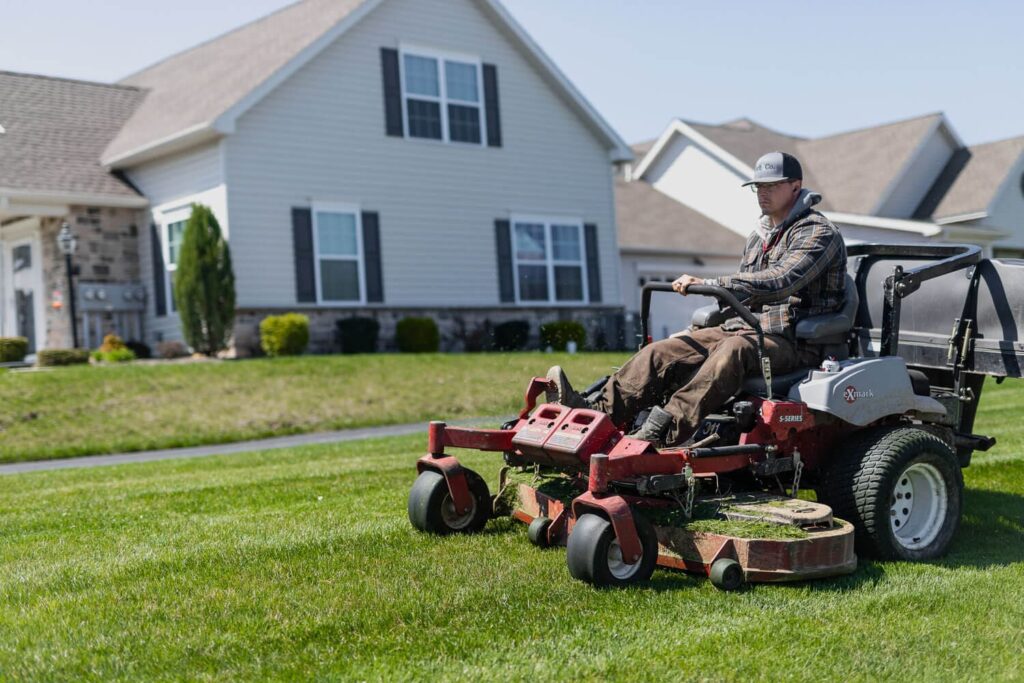
source: pinterest.com
You don’t want to mow the grass too close to the ground or too short for several reasons. The first reason is that you can damage the grass crown if you mow the lawn too short. The crown is the part that generates new grass buds, and if you cut it accidentally, the grass won’t spread. The other why should not cut it too short is to prevent the weeds from gaining priority. If the grass is thick and dense, weed seeds will germinate less. The surrounding grass quickly dips all rooted seeds.
However, if the grass is sparse and short, weed seeds are more likely to germinate and have more room to grow and develop. If the lawnmower mows the lawn at a lower level, there will be less surface area of the grass blades. The smaller area means the grass absorbs less sunlight than what it needs for photosynthesis. Typically, photosynthesis produces food for plants, and less food leads to an unhealthy lawn that is more susceptible to disease.
Mowing the lawn too short can also reduce the chances of the lawn thriving and growing actively. If you mow too close to the ground, your lawn will need a lot of energy to produce new blades of grass, which affects the active lawn growing. Mowing the grass to the correct height can enhance the strengthening of the roots. A lawn with stronger roots has higher chances of thriving.
Go longer in the shade or summer
If you grow grass in the cold season, let it take a break in the summer by mowing it a little higher. Heat becomes stressful on the lawn, and you don’t want to make it worse by trimming it too short. You should also mow the grass a little higher if it’s in a shaded place to allow it effectively compete with other plant’s roots for food and space.
Don’t mow the new grass
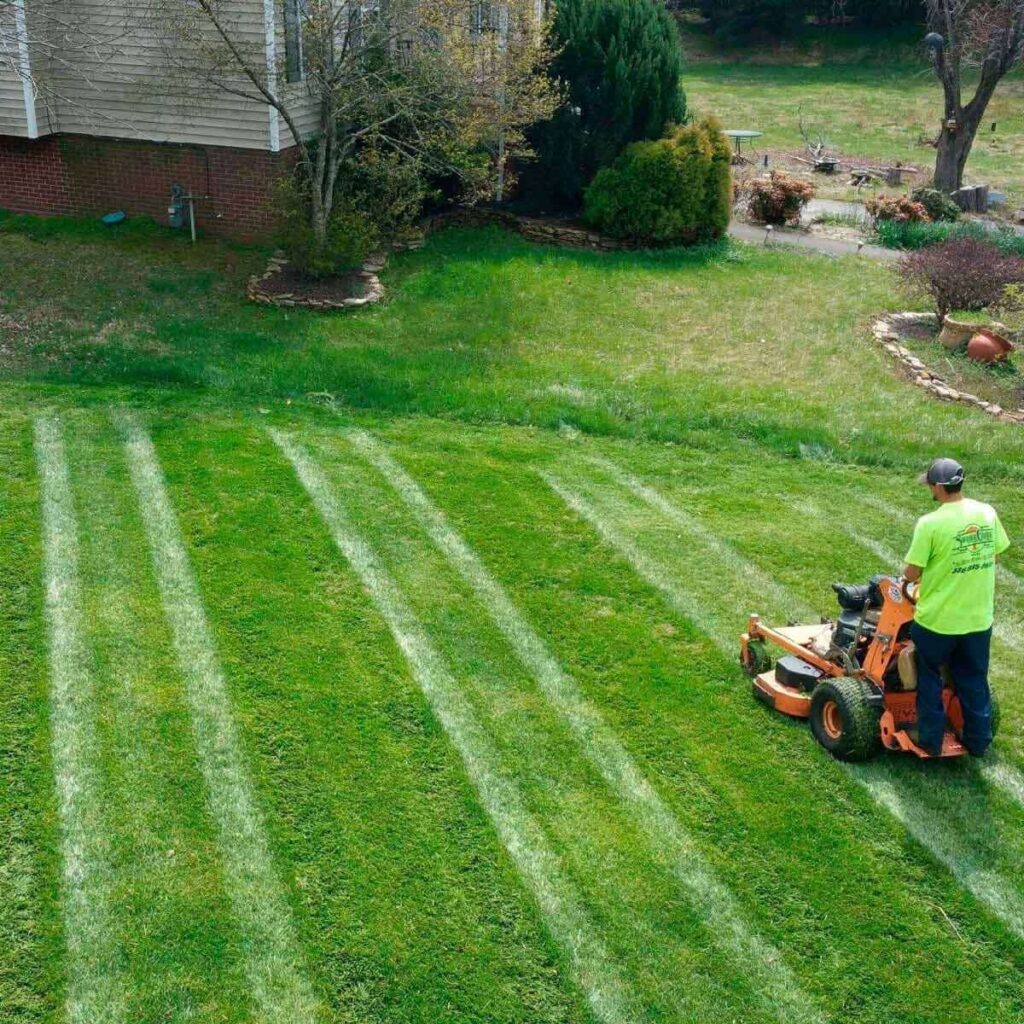
source: familyhandyman.com
Once you plant your lawn, you should take some time before starting to mow it. Wait about a month or wait until the lawn is more than an inch taller than your standard mowing height.
Direction and Perimeter Cut
Mow the grass back and forth with a straight line of cut to mow it effectively and uniformly. Trim the perimeter edges along sidewalks, landscaping, and driveways in the clockwise mowing direction. Typically, it helps to throw the clippings from the corners into the lawn center. This perimeter cut from the edges and gives you the space to turn around when you want to mow in a straight line.
Overlapping
Overlap each cut path a few centimeters to make sure you consider the cutting head, the outer surface of the wheel, and the thin strips of grass.
Lawn Striping
Striping the grass can have a very pleasing aesthetic effect, which you can create by mowing the grass back and forth, making it have a light and dark colorful appearance. Typically, it occurs when the blades of grass bend in one direction and the other side leans away from the vantage. The reflection of light in such a pattern on the grass creates a striped impression.
Speed
Cut at medium or low speed for control, and remember to go even slower along edges and landscape design.
Slopes
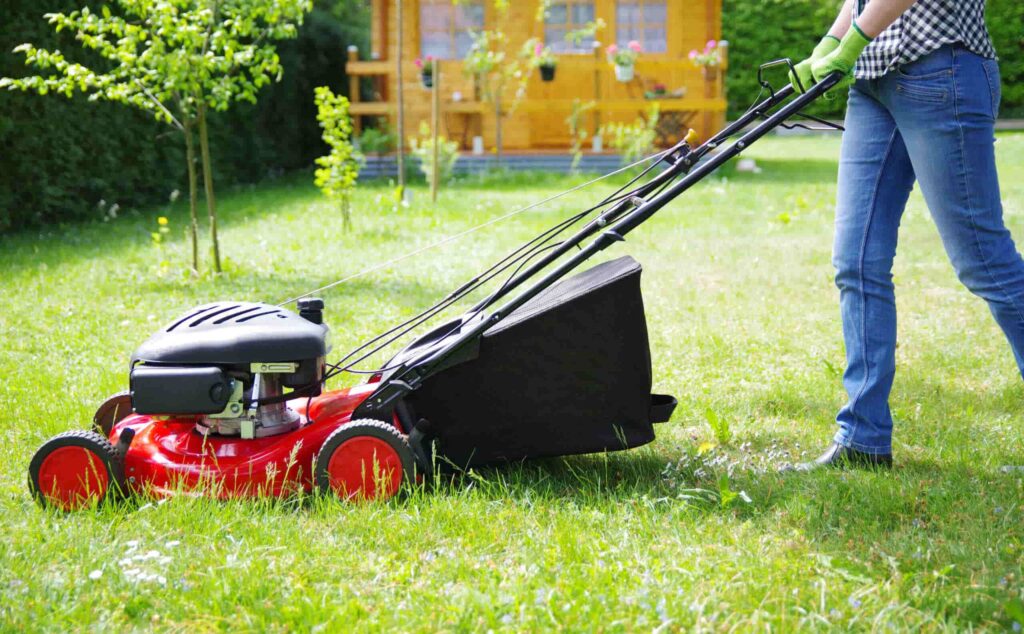
source: duda-sod.com
Cut sideways on the slope as cutting the grass on a downward orientation can be dangerous.
Forward Direction
Cut the grass in a forward direction while walking behind the lawnmower. Reversing or pulling the lawnmower is not advisable as it will get close to your feet, or you may stumble and fall.
Conclusion
In conclusion, once you finish mowing your lawn, use a rake to gather the clippings. However, this is not the case if you want to use the clippings for mulching purposes. In such a case, you’ll need to let the clippings spread over the lawn so they can act as a uniform fertilizer to the lawn. Remember to clean the cutting blades with water after each cut and apply some oil or grease on the moving parts to prevent corrosion.

